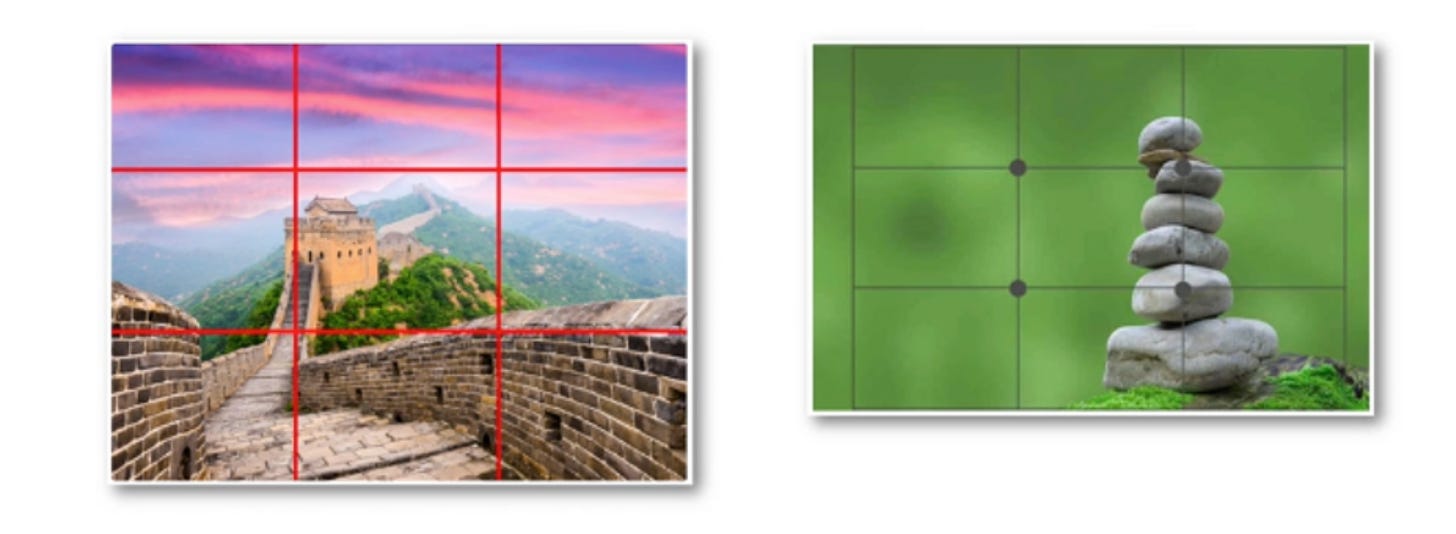Storytelling Through Photographs
After 15 years, you'd think I could write about photography for days. Nope. Want to know why?
Jon Tyson | Unsplash
I've been taking pictures since I was 12 years old.
It's been a primary source of income for 15 years. You'd think I could write about photography for days.
Nope.
Want to know why?
I told a friend the other day, “It’s like translating my heartbeat into words - something vital yet illusive to fully comprehend.”
I literally see in f-stops and shutter speeds.
But here’s the thing. I’m only one person and there’s a limit to what I can create. By showing you how to harness the power of story through pictures, I can multiply impact + empower you to make a difference in the lives of those you serve.
So here we go…
First, put the camera down
The key to successful visual storytelling is to nail down your core message, then strategically create content that enhances it.
I always start with ‘why.’
If you’re a business owner, why did you start? What impact do you want to have?
If you're a nonprofit, why did you choose your mission?
What belief system are you trying to change?
Take as long as you need to discover and define your why because it’s the foundation upon which everything rests.
Next, what do you want to be known for?
This isn’t your elevator pitch or mission statement. This is the feeling people get when they hear your name or how they describe you to friends.
For me, I hope it’s: “Mary Knox exudes warmth and strength. She’s a friend who knows her stuff and wants to share all of it so others can make a positive impact on the world.”
And the ‘stuff’ is visual storytelling - arguably the most important communication currency right now.
If you want to take it a step further, list your brand pillars - 4 to 5 categories of content you'll circulate between. Select categories related to your treasured skills, as well as unique personality. Embrace what makes you, 'you!'
Again, take your time.
Turn off the computer and write on scraps of paper. Sit with your list for a few days and come back to it. The simpler you can make it the better, because what comes next is so much easier if you do.
Choose photos for all your to-dos
Website, social media, email. It’s enough to make your head spin, right?
But you’ve got this because you’ve defined your why. You know what you want to be known for. Now it’s time to create.
Step 1: Map out your content calendar for the month, selecting topics from each of your pillars.
Step 2: Start writing. Yep, you heard me - still not time for pictures. What message is at the core of your post?
Step 3 [Critical!]: Pause. What feeling do you want the viewer to experience when they interact with your message. Joyful? Inspired?
Step 4: Based on that feeling, take or select a photo that matches. My favorite stock photography resources: Unsplash (free!), Canva (plenty for free!), Shutterstock.
Think of the photo as a natural extension, a visual representation of the feeling you want your viewer to have when they read or watch your content.
Whether you’re choosing photos for personal stories or to spotlight and elevate deserving individuals and organizations, it’s all about feelings. We’re often stuck in our heads, focused on what to say. Turns out it’s all about how you say it.
Am I making any sense? I hope so!
Time for nuts + bolts within the frame
#1 Rule of Thirds - If you can, choose an image that follows the rule of thirds. The composition should divide into thirds vertically and horizontally, with the subject at an intersection. In other words, the eye should be drawn to the left or right of the frame, not the middle.
Here's what I mean:
#2 Multiple Perspectives - When selecting multiple photos, gather a collection of tight, medium and wide points-of-view. For example, pair a close-up (tight) detail of hands with a broad sweeping vista (wide) of that same person in their environment. The combination of perspectives helps tell a story.
#3 Surprising Angles - Get down low or up high and show a perspective someone wouldn't otherwise see from their vantage point. Great way to establish environment and keep the viewer engaged.
What else?
A picture really is worth a 1,000 words. What 1,000 words do you want to be known for?






